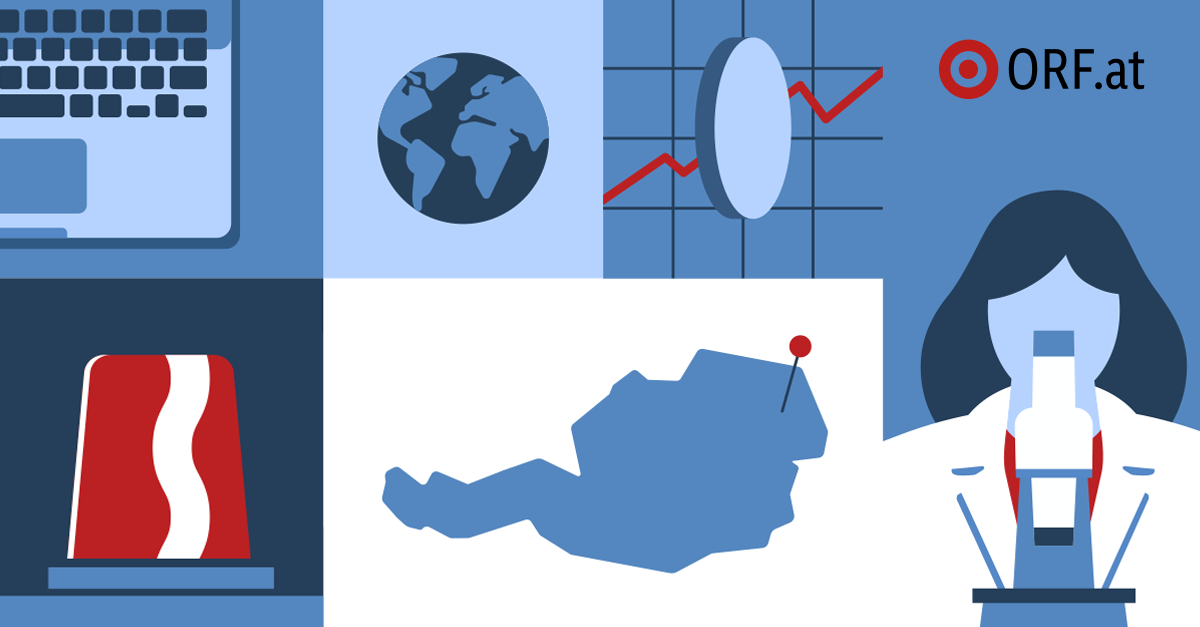Santo Domingo. – The Dominican financial system showed clear signs of strength and stability during the January-March 2021 period, as shown by data from the Quarterly financial system performance report, published by the Superintendency of Banks (SB).
The document indicates that the total assets of the system amounted to RD $ 2.42 trillion (52.7% of GDP), for a nominal interannual growth of 18.6%.
While solvency was at its highest historical level, with an index reached of 22.0%, reflecting a year-on-year growth of 5.5 percentage points in the first quarter of 2021.
This is a level significantly higher than the minimum requirement of 10% established in the Monetary and Financial Law No. 183-02. More than 18 percentage points, of the 22.0 points reached by the solvency ratio, are primary capital: the one with the highest quality and capacity to absorb losses.
High levels of solvency they are explained, to a large extent, by the significant increase of 16.2% in the holdings of low-risk assets, the capitalizations of profits made by financial intermediation entities and the placement of secondary capital.
At the end of March 2021, the catchments totaled RD $ 1.83 trillion (40.6% of GDP), presenting an interannual growth rate of 15%.
As of March, credit card amounted to RD $ 1.28 trillion (27.9% of GDP), showing a growth of RD $ 64,416 million compared to the same period in 2020. The interannual increase was 5.3%, lower than the average of the last five years (10.1%).
Within this category, the portfolio to the private sector experienced an interannual growth of 5.3%. In that line, the growth of the portfolio in national currency was 10.6% year-on-year.
Meanwhile, credits directed to the public sector did not vary with respect to the previous quarter.
It should be noted that the share of the portfolio to the private sector in local currency stood at 82%, gaining 4 percentage points compared to March 2020. On the other hand, the share of the portfolio in foreign currency fell 4.2 percentage points in year-on-year terms. , from 21.9% to 17.7% of the total portfolio.
At the end of the quarter, interest rates Bank assets and liabilities stood at 9.0% and 2.7%, respectively, reaching lower historical levels. Consumer loan rates increased for the third consecutive month, reaching 15.4% annually, for a quarterly increase of 2.8 percentage points.
While the commercial rate continues to decline, with a reduction of 1.3 percentage point in the first quarter, reaching 8.2% annually. Mortgage loans remain stable and unchanged at 9.3% per annum.
Banks and savings and loan associations significantly increased their provisions, reaching RD $ 59.8 billion, equivalent to a coverage of 217% of the total amount of the overdue portfolio. Only during the first three months of 2021, financial intermediation entities accumulated RD $ 8.3 billion with this objective.
The delinquency rate of the private sector remains stable at 1.91%, while the stressed delinquency of the system has increased to 9.92%, due to the increase in restructuring, which accumulated 6.47%.
Of these, 1.80% are due to Temporary Restructuring (RT) corresponding to the flexible regime in response to COVID19.
The written off loans of the last 12 months contributed 1.17%, while the other components represented 0.37% of the indicator.
The stressed delinquency indicator is used to provide a more complete view of the credit risk management process in EIFs, as well as the situation of your credit portfolio.
A combination of different indicators is constructed that capture the impact of debtors that are not in force with their obligations.
Said indicator incorporates, in addition to the past due portfolio, the one in judicial collection, credit cards with arrears of 31 to 60 days, restructured loans and write-offs and awards from the last 12 months.
Temporary restructurings showed significant increases prior to the expiration of the regulatory flexibility regime. It is recalled that they were part of the special measures adopted by the Monetary Board to cushion the effects of the first wave of the pandemic.
The increase has been to be expected, taking into account that the measures expired on March 31, 2021, from when the gradual regulatory treatment adopted by the Monetary Board began.
The entities took full advantage of the easing measures before they were concluded, so that both the entities and the debtors have taken advantage of the prevailing market conditions: historically low rates and abundant liquidity in the system.
Gross profits amounted to RD $ 13,303 million, for a variation of 24%. After income taxes, they stood at RD $ 11,365.2 million.
The return on equity (ROE) indicator increased 1.8 percentage point, from 18.4% in March 2020 to 20.2% in March 2021, while the return on assets (ROA) stood at 2.2%, with little variation year-on-year.
The profitability of financial intermediation entities has been positively impacted by the increase in operating efficiency, which stood at 60.27%, measured by the cost / income indicator, the lowest level in the last 15 years.
–

